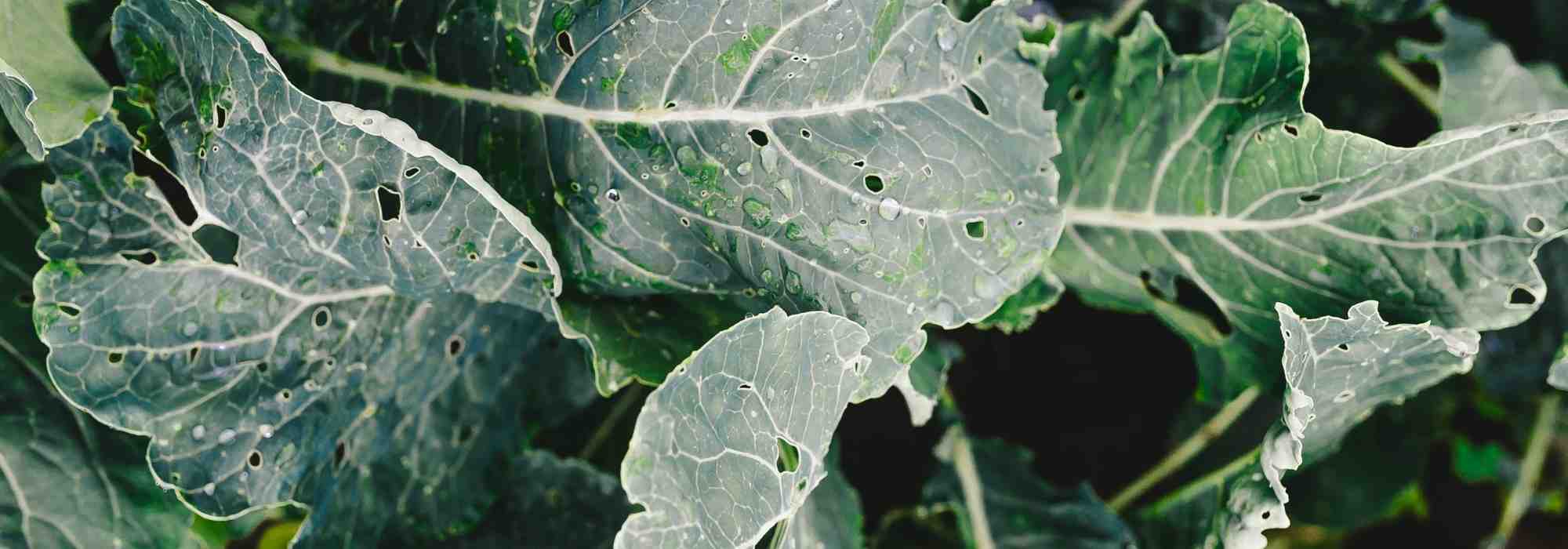
How to control flea beetles and protect cabbages?
Identification, prevention and natural treatments to get rid of cabbage flea beetles
Contents
People love them in the vegetable patch, but cabbages are among plants quite susceptible to pests and diseases: cabbage white, cabbage fly, clubroot, powdery mildew… And if, at the end of spring you notice that your leaves are perforated, steadily nibbled, you are most likely dealing with the small but voracious cabbage flea beetle.
So how to identify this cabbage flea beetle? What are the visible symptoms on your kohlrabi, Brussels sprouts or broccoli? What can be the consequences of an attack? What are the preventive measures and natural treatments against the flea beetle, usable in organic vegetable patch? Let’s take stock together.
→ Also consult our advice sheet: Cabbage diseases and parasitic organisms
How to recognise flea beetles?
What does a cabbage flea beetle look like?
Cabbage flea beetle is a beetle (Coleoptera) in family Chrysomelidae. Very small, measuring only a few millimetres, it has a shiny dark shell, sometimes iridescent with blue or green reflections.
It has long antennae and elytra enabling it to fly for several hundred metres. This ability allows it to move easily to a new host plant to feed.
Finally, cabbage flea beetle has a pair of highly developed hind legs, with which it can move quickly by jumping to protect itself, hence its other names garden flea or earth flea.
Eggs measure less than 0.5 mm, are ovate and pale yellow or translucent. They are attached by mucus secreted by female, to underside of leaves, along veins or directly in soil.
Larva measures 5 to 6 millimetres; its elongated body is yellow or whitish; legs and head are generally black.
There are many species of flea beetles, some parasitising other plants such as tomatoes, beetroot or grapevine. But it is the cabbage flea beetle, which prefers Brassicaceae (formerly Cruciferae), that is the most widespread.
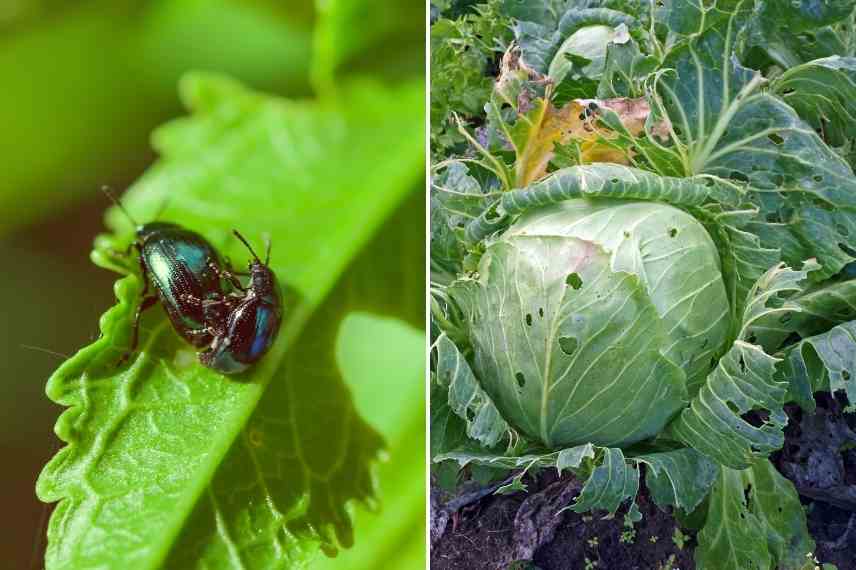
Biology and reproduction of flea beetles
Flea beetle attacks generally begin in late spring, around May–June, and continue until temperatures fall in November. The insect favours warm, dry conditions but dislikes humidity.
After overwintering in soil, adult flea beetles emerge hungry and move to attack tender leaves and young shoots of cabbages.
Fortunately, there is usually only one generation of flea beetles per year: hundreds of eggs laid by female hatch within 1 to 2 weeks.
Larva feeds on plant roots and tunnels through leaves before pupating in summer.
Young adults then continue feeding until next overwintering and start of a new cycle.
Damage caused by cabbage flea beetle
By feeding on cabbage leaves, cabbage flea beetle creates small circular holes, sometimes numerous, like pinpricks. Stems may also be chewed.
Risks of heavy infestation include :
- weakening of young plants and cotyledons (first leaves produced by plants)
- slowing of plant growth
- varying negative impact on harvest

Typical perforations on a cabbage leaf
Read also
Succeeding in growing Brussels sproutsNatural curative treatments for flea beetles
Like many pests, it is chiefly heavy infestations of flea beetles that can cause problems in the garden. If prevention has not stopped the glutton from colonising your cabbages, it is still possible to limit its presence and the damage caused.
- Regular watering, which in any case is necessary for the growth of cabbages, will help maintain a moisture level flea beetles do not like. Watering is best carried out early in the morning or late in the day to avoid overly rapid evaporation.
- Regular inspection of cabbages and manual harvest of adults or larvae, although time-consuming, may suffice in cases of low infestation.
- Hoeing around the bases regularly during the season can eliminate eggs laid in the soil and disrupt egg-laying.
- Sprinkle wood ash or diatomaceous earth around the bases of young plants, which have a corrosive effect on insects. Reapply after rain.
- Set up yellow colour traps (sticky plates or strips) on which adults, attracted by the colour, will become stuck.
- Natural spray treatments can accompany biological control and act as repellents: manures of tansy, wormwood or nettle, garlic infusions or black soap.
- In cases of heavy infestation, use as a last resort, sparingly and locally, a natural insecticidal product based on pyrethrum or apply neem oil.
These treatments, although natural, should be used sparingly in the garden, since they are not selective: they affect all insects without distinction, pests as well as beneficials.
In the long term, they can therefore contribute to biological imbalance, responsible for the emergence of new pests or diseases. A vicious circle to avoid.
Discover other Cabbage plants
View all →Available in 0 sizes
Available in 2 sizes
Available in 3 sizes
Available in 1 sizes
Available in 1 sizes
Available in 1 sizes
Available in 1 sizes
Available in 1 sizes
Available in 1 sizes
Available in 1 sizes
Preventing cabbage flea beetle: best way to control it
Flea beetle has no specific natural predator, which does not make natural control easy. Prevention will always be more effective than curative treatment, whose results can be unpredictable.
Several preventive measures exist. They can of course be combined for better results.
- Mulching helps retain moisture and coolness at base of plants, creating an atmosphere less favourable to appearance of flea beetle, which hates moisture.
- Install in spring an insect-proof cover sealed tightly over cabbages. Opt for a mesh finer than 3 mm, given small size of flea beetles. For optimal protection, also bury sides of the netting.
- Grow aromatic, strongly scented plants near cabbages, like catmint and wormwood, or other repellent plants, such as tansy or white clover.
- Grow ‘bait’ plants, like mustard as green manure, which will attract flea beetles and divert them from the cabbage crop.
- Practice crop rotation: it is recommended not to grow Brassicaceae for several consecutive years on the same plot (or even to wait up to 5 years).
- Attract biodiversity to the garden by installing hedges, rock piles, fallow areas, feeders, nest boxes or even a natural pond: this is the best way to attract natural predators of pest insects over the long term, such as birds or toads.
- Transplant vigorous young cabbage plants, which will be less weakened by a possible attack.
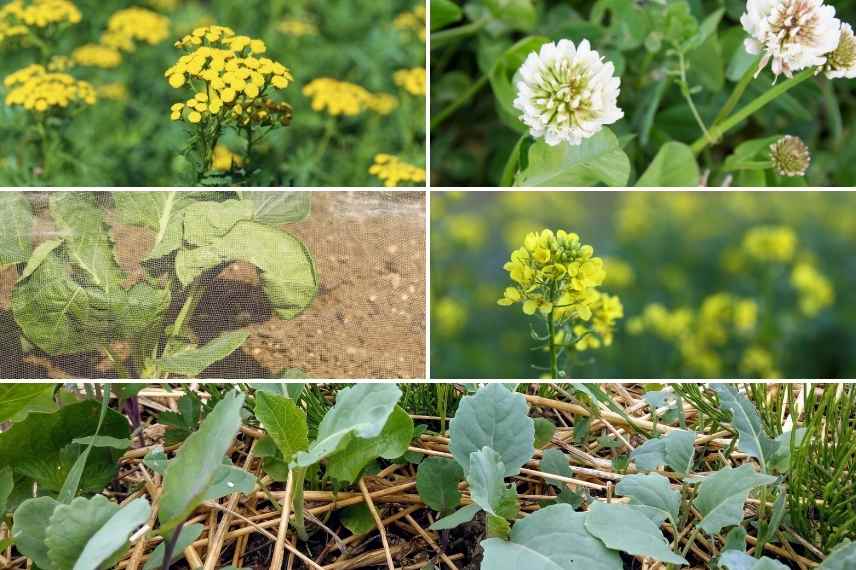
Tansy and white clover, protective netting, green manure (here mustard) and mulching should be among precautions to adopt in the vegetable garden
Read also
Succeeding in kohlrabi cultivationTo learn more
- Discover our selection of 8 heading or round cabbages to grow in the vegetable garden all year round.
- Subscribe!
- Contents
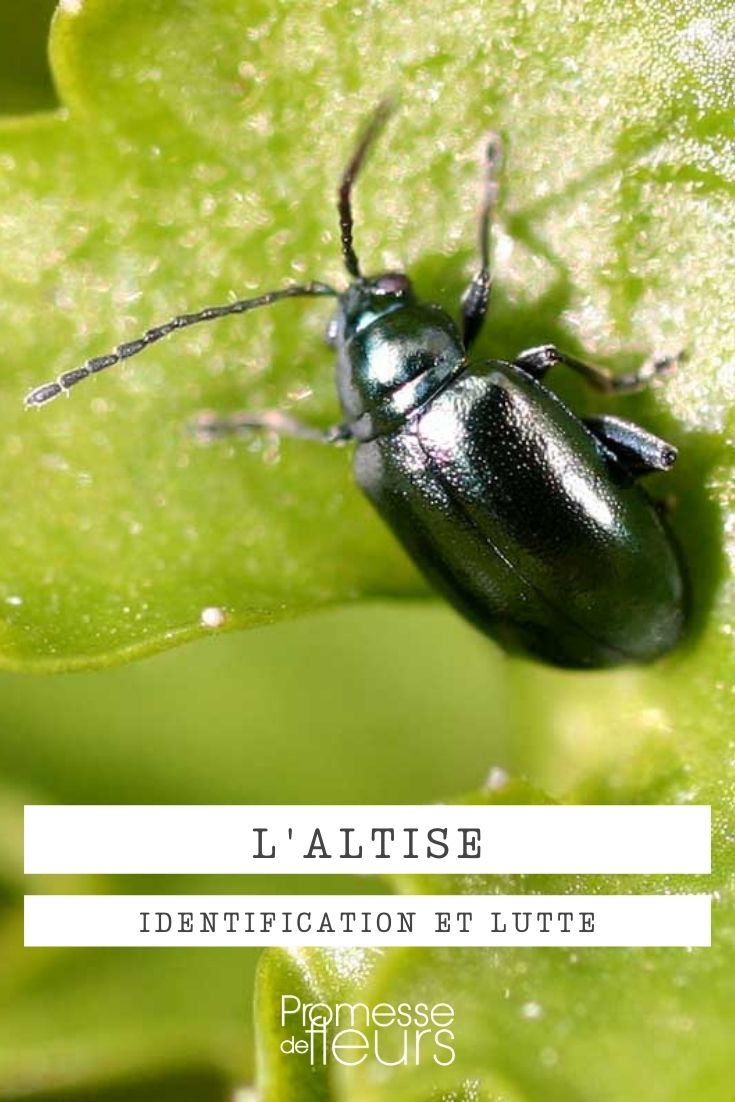































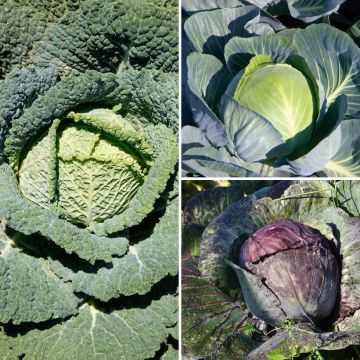
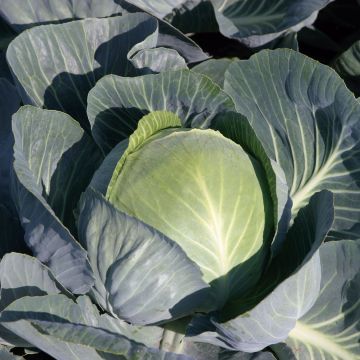
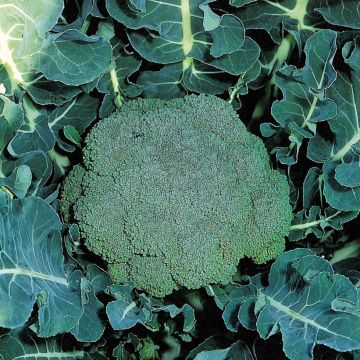
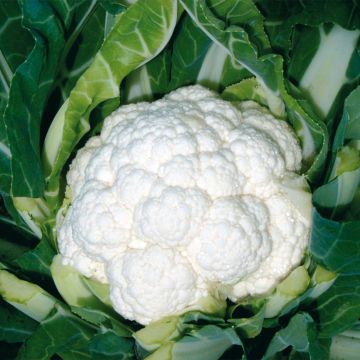
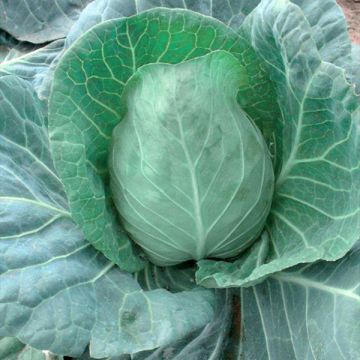
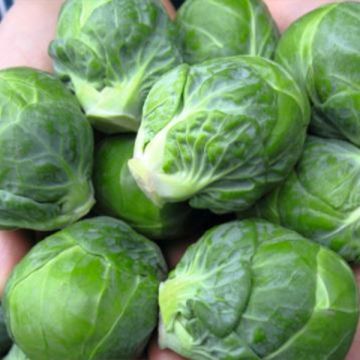
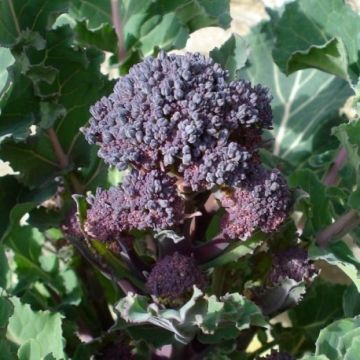
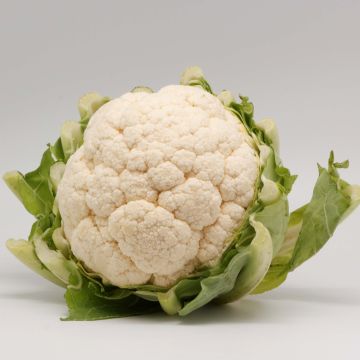
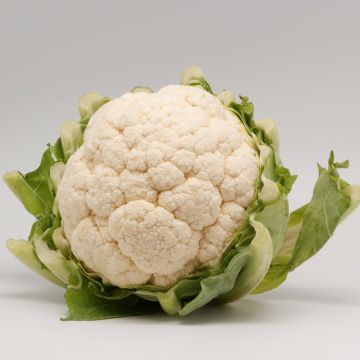
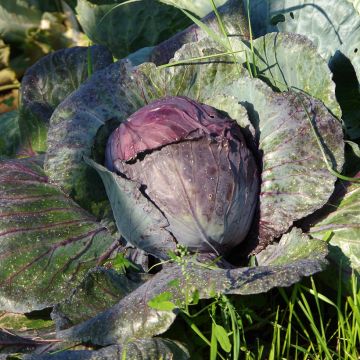
Comments